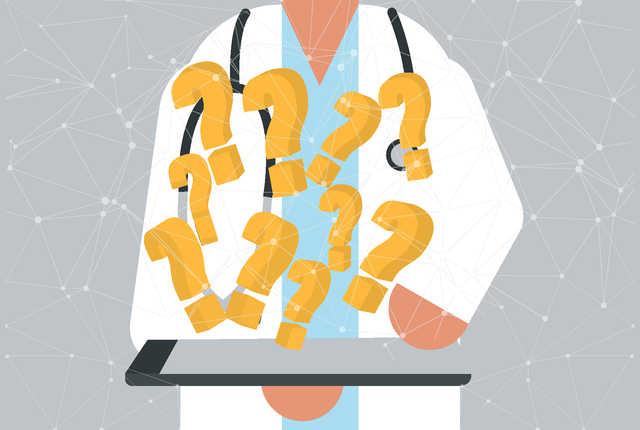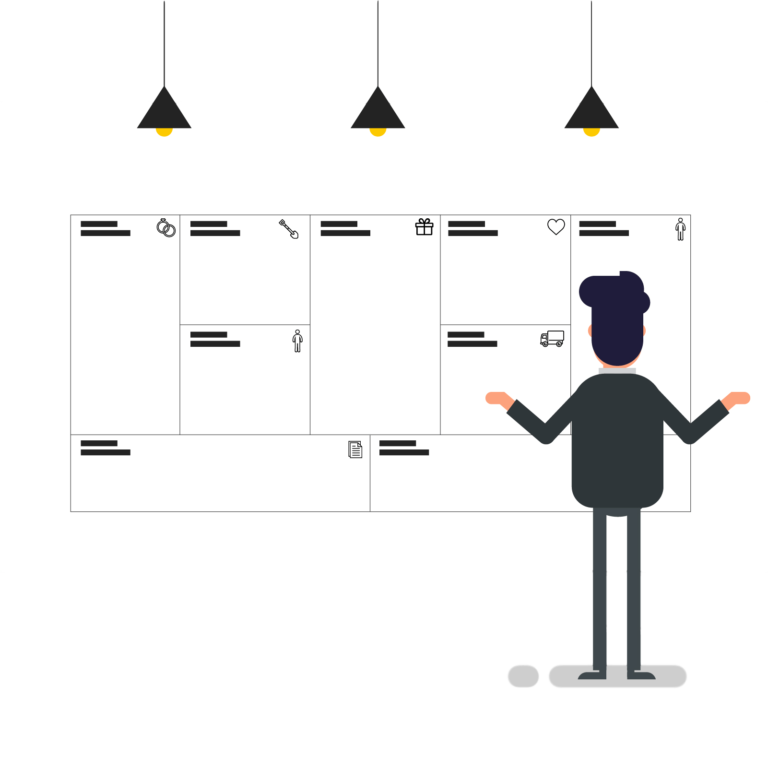If you are a Consultant and in the business of helping your clients transform their organisation and want to do it faster, with less effort then this post is for you.
In this article, we’re going to cover the changes in health through its four (4) phases and how we got here, and a digital health framework that revolves around the four (4) dimensions of consumer focused healthcare, predictive analytics, governance & welfare, and interoperability, and how, as Business Transformators you can use it to manage your business-led digital transformation.
If this is you, read on.
Digital health has become popular in recent times and time is nigh when it will be the norm. Devices like health and fitness trackers, and clinical digital devices are as readily used as smartphones.
The digital healthcare revolution has already begun and now is the opportunity for every healthcare institution to transform themselves into a digital health-enabled facility.
But before they can go about doing that, they will require the help of a business transformation specialist or consultant (you!) to help ease the process.
As a consultant, you must have a plan of action or a framework for the digital health transformation. We here at HOBA TECH, we will provide the necessary information to help you apply that knowledge regarding the transformation process.
Why Is Digital Health Transformation Important?
There is a wide gap between patients and health systems and the recent pandemic showed these flaws even more apparently. Digital health is the solution that can bridge this gap and provide the data needed by medical professionals to diagnose and treat patients with improved efficiency.
Though the concept is growing in popularity, it is still underdeveloped and under-adopted. There are only a few institutions around the world that have fully adopted the technology, others are still unaware of the potential digital health has.
Using digital technologies and devices in the health system can connect patients with their care providers directly, reduce operational costs, and deliver more meaningful healthcare experiences for everyone involved.
Also Read: Mistakes To Avoid When Implementing Digital Health
Building The Framework On E-Health
Historically, the healthcare system has been slow to adopt technology. The four (4) phases – mainframe computing, health IT, e-health, and AI/digital health – have come slower than they have in other industries around the world.
The digital health transformation will be implemented on the existing e-health system that are present in most digital health facilities. This is being considered as the foundation of digital health. There are other trends that have emerged as contributors to the framework of digital health:
Consumerism
With the common usage of personal computers and smartphones, consumerism has emerged as the most dominant trend in all industries. People are actively and intentionally choosing the products or services they feel will best suit their needs and at that time in time.
And the case is the same with the healthcare industry. People have grown used to the ease with which they can request access to and receive the services they need. This is nothing new, but now they want to faster, and through a variety of channels.
Patients are choosing their own way of receiving healthcare and this has put strain on the outdated infrastructure of the healthcare systems and they are scrambling to meet the expectations of their ‘consumers’
Personalized Health Data
Health data is the key feature of the digital health framework. Personalized data collected from wearable devices, social networks, and unique health applications is captured by clinics and hospitals and used to track the health of patients.
👏 " Health data is the key feature of the digital health framework. Personalized data collected from wearable devices, social networks, and unique health applications is captured by clinics and hospitals and used to track the health of patients." 🧖📈 #DigitalHealth #DigitalHealthFramework
Heath Gascoigne Tweet
The flow and analysis of this data is the critical element of the whole digital health process. Some elements of this data collection are already present in the e-health infrastructure, but now as demand increases it has to be made more personalized to consumers, equally made available to medical professionals.
Advanced Analytics
AI based data analysis, deep learning, and neural networks are being made part of the digital health transformation process. These allow the use of information in a more accurate manner and gives medical professionals the opportunity to be proactive with their healthcare plans and manage the diagnosis in a more efficient way.
Digital care delivery models are also being developed to help streamline the process. Through the use of these models, the whole digital health ecosystem becomes more productive, automated, and integrated.
Also Read: Important Digital Health Questions
The HIMSS Digital Health Framework
As our guest Clive Hardisty said on an earlier podcast, “One of the things that makes you effective these days is you’ve got to ride the wave and the thinking of the time…”, and healthcare is no different.
In healthcare, the HIMSS (Healthcare Information and Management Systems Society) has developed a digital health framework that revolves around four (4) key dimensions. Studying these can help digital business transformation experts and consultants to better understand how to implement the digital transformation system in the best way.
1. Consumer Focused Healthcare
The main feature of digital health is being patient-enabled. This means that patients are made the focus of the system and placed at the center with the rest of the framework built around them.
👏 "The main feature of digital health is being patient-enabled. This means that patients are made the focus of the system and placed at the center with the rest of the framework built around them." 🧖📈 #DigitalHealth #DigitalHealthFramework
Heath Gascoigne Tweet
The main feature of digital health is being patient-enabled. This means that patients are made the focus of the system and placed at the center with the rest of the framework built around them. Different data points are made to collect personalized data for the patient, these include data related to goals, beliefs, resources etc.
The outcome is that healthcare professionals can then deliver support and care that can match each individual’s lifestyle, so they can manage their health in an improved way.
2. Predictive Analytics
Data being received from predetermined data points is turned into actionable insights. The insights that can be gained only after the data is properly analyzed. This promotes the development of a learning health system that makes use of AI to perform robust data analysis and delivers predictive health strategies.
The outcome – Predictive analytics can prevent many health conditions and promote better recovery for patients.
3. Governance And Workforce
Development of a strategy that can help implement digital health also requires governance, so there are proper regulations to protect the privacy of patients and enable accountability of health industry professionals (there is a reason why Step 2- Control is about ‘governance’ in our framework. Read more here).
The performance of the workforce is linked to the strategy. The availability of the data to the right individuals, their capacity, integrity, and performance aim to drive the right behaviours, which all contribute to the better delivery of healthcare
4. Interoperability
Having interoperability in your digital framework strategy allows for improve data accessibility, structure, and strategy. However, data has to be made securely accessible to approved stakeholders.
Interoperability also means to translate data into understandable information, so it can be easily understood by patients as well as doctors. The information is designed to enable data-driven and make the evidence-driven decision making process quicker, easier and more transparent for all stakeholders.
The aforementioned dimensions were ideated after much research and analysis, they cover all critical aspects of the digital health transformation process. As Consultants, you it would be programmatic to incorporate these points and use them to adopt and develop a framework fit for purpose for your clients.
Conclusion
Digital health transformation framework mentioned above can help in the formulation of a transformation strategy that can be effective and efficient. HOBA TECH specializes in digital transformation studies and training, we help consultants and professionals gain essential knowledge that they can use to help their clients.
HOBA TECH Helps With Seamless Digital Transformation in Healthcare
While we believe the digital transformation in healthcare needs to have a holistic approach, we also assist healthcare providers in a seamless digital transformation.
We’re always excited to help consultants and professionals who are venturing into digital transformation in health care. Just reach out to us, contact a member of the HOBA TECH team or use the Contact Us form.
Thank you for reading this!
Sincerely,

Heath Gascoigne
P.S. If you want to join our Business Transformator community of like-minded Business Transformators, join the community of over 2,000+ Business Transformators here.
P.P.S. If you want to learn more about business transformation, check out The Business Transformation Playbook here.
For more information, visit https://www.hoba.tech














